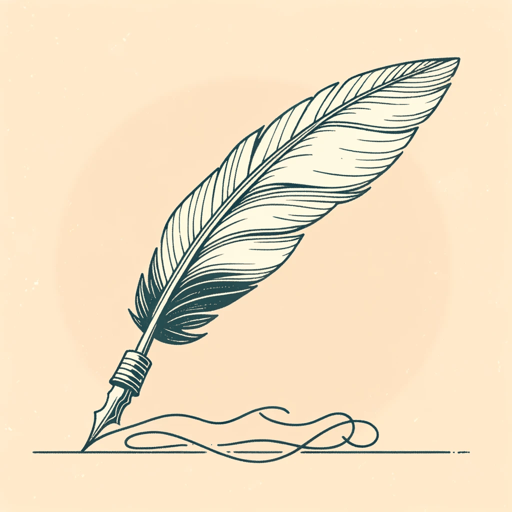29 pages • 58 minutes read
Adrienne RichVesuvius at Home: The Power of Emily Dickinson
Nonfiction | Essay / Speech | Adult | Published in 1975A modern alternative to SparkNotes and CliffsNotes, SuperSummary offers high-quality Study Guides with detailed chapter summaries and analysis of major themes, characters, and more.
Summary and Study Guide
Summary: “Vesuvius at Home: The Power of Emily Dickinson”
“Vesuvius at Home: The Power of Emily Dickinson” is a critical essay written by American poet and essayist Adrienne Rich. Before the essay was published in print, Rich read it as a lecture at both Brandeis University and Bryn Mawr College. The first print version of the essay appeared in Parnassus: Poetry in Review in 1975 and was reprinted in Rich’s book On Lies, Secrets, and Silence: Selected Prose in 1979. In this essay, Rich challenges the mainstream, male-dominated literary criticism of Emily Dickinson’s writing and presents a feminist perspective on Dickinson’s poetry and creative process. “Vesuvius at Home” explores themes such as Women in Patriarchal Society, The Relationship Between Poet and Poem, and The Poet’s Private Versus Public Personas.
This study guide refers to the reprinted version of the essay from Adrienne Rich’s Poetry and Prose: Poems, Prose, Reviews, and Criticism, published in 1993 by W. W. Norton.
Content Warning: The source material references rape, mental illness, and suicide.
Rich starts with an introductory note that traces the origins of the essay and expresses her motivation for writing about Emily Dickinson. Rich laments the existing critical perspective on Dickinson’s poetry and argues that a lesbian feminist critique of Dickinson’s writing will provide insights that the “male/mainstream perspective” is less attuned to (177). Rich underscores that lesbian/feminist literary analysis is not only applicable to Dickinson but could be an essential tool for understanding women’s art broadly.
Rich begins her essay in the middle of an action: driving along the Massachusetts Turnpike. Rich reveals that she is on her way to visit the historic home of the subject of her essay, the 19th-century poet Emily Dickinson. As a woman poet and a New England native herself, Rich explains that she has long felt a connection to Dickinson, comparing herself to “an insect” hovering “against the screens of an existence which inhabited Amherst, Massachusetts, between 1830 and 1886” (178).
Rich continues to narrate her drive, contemplating the evolution of the familiar landscapes that surround her, until she arrives at the 19th-century brick mansion where Emily Dickinson lived, wrote, and died. At this point, Rich explains the reason for her visit: to understand what it was like to be both a literary genius and a woman living in 19th-century New England. Rich also presents her argument that Dickinson was neither “eccentric” nor “quaint,” but a woman who knew her own genius. Furthermore, she suggests that the reclusive male geniuses of the 19th century are spared the scrutiny their women counterparts have attracted.
In the following pages, Rich examines Dickinson’s environment, relationships, and cultural context, considering how her poetic language reflected each. She paints a portrait of Dickinson’s life in the bedroom where she spent days writing, observing the streets below, and reading voraciously. Rich emphasizes that this room was not just a bedroom but an artistic haven—a place where she could escape from the duties of domestic life and immerse herself in the world of literature. She references Dickinson’s meeting with editor Thomas Higginson, noting that Dickinson made such a forceful impression on him that he found himself “unnerved.”
Next, Rich examines how Dickinson’s relationships emerged in her poetry, particularly through her choice of gendered pronouns. Rich argues that the masculine pronoun in Dickinson’s poems cannot be linked to a specific male lover (as many male critics speculate) but rather represented many different men in Dickinson’s life. Rich points out that Dickinson also wrote many poems to and about women. However, Rich notes that intimate, even “sensual,” female friendships were not viewed as scandalous or labeled as “lesbianism” during the 19th century. She argues that readers will understand Dickinson’s poetry on a deeper level if they stop fixating on the question of whether Dickinson was a lesbian.
Halfway through the essay, Rich starts to showcase specific examples of Dickinson’s poems and discuss their diction, syntax, metaphors, and common themes. The first poem she references (“If I can stop one heart from breaking”) was put on a 1971 postage stamp in Dickinson’s honor. Rich claims the poem is unusual for Dickinson, as it delivers a “conventional sentiment.” She then provides an example of a poem that she believes represents the depth and complexity of Dickinson’s poetry: “He fumbles at your Soul.” Rich uses this poem to discuss mainstream culture’s preoccupation with discovering a male lover who could have inspired this and other “love poems.”
Rich questions whether an investigation into Dickinson’s supposed “male lover” will provide a meaningful way to analyze her poetry. Rich suggests that it is more important for readers to focus on Dickinson’s creative choices and the literary function of the “masculine element” in her writing. Considering Dickinson’s place as a woman in a patriarchal and religious society, Rich proposes that Dickinson used masculine pronouns not only to represent the men in her life but also to personify abstract concepts and ideas.
As an example, Rich presents Dickinson’s poem, “He put the Belt around my life—,” which she believes is a poem about “possession.” Rich suggests that while this poem uses the language of romantic possession, it is actually a poem about art: “the poet’s relationship to her own power” (184). Rich proposes that because 19th-century American society considered power inherently masculine, Dickinson assigned a masculine role to her creative power. Rich emphasizes how bold it was for Dickinson to assert her own inner power in a society that determined a woman’s value “in terms of [her] relationship to men” (184).
Next, Rich addresses male literary critics’ treatment of Emily Dickinson. She laments how male critics have infantilized Dickinson and how editors, publishers, and anthologists have whittled down her poetry. She rejects the calls of certain critics for editing and standardizing Dickinson’s poems, emphasizing that her unorthodox use of punctuation and syntax was not a quirk but a deliberate, creative choice. Rich argues that if a male poet had used the same language, their choices would be regarded as purposeful and their style as unique rather than unprofessional.
Rich then examines the “psychological” nature of Dickinson’s poetry. Rich close reads the poem “I would not paint—a picture—,” in which Dickinson describes wanting to be a muse, a viewer, and a listener—roles that Rich describes as stereotypically “feminine.” Rich cites two more poems that demonstrate the divide between the “volcanic” power Dickinson felt inside and the “mask” she presented to the world. Returning to the theme of “possession” in Dickinson’s poems, Rich references Dickinson biographer Thomas Johnson’s claim that Dickinson felt at the mercy of a “daemon” during times of particularly high creative output. Rich suggests that what possessed Dickinson was not a romantic partner or religious devotion but her inner calling, even though Dickinson expressed her relationship to her calling through the language of “heterosexual love” and “patriarchal theology” (187).
Next, Rich critiques a quote about Dickinson from the poet Ted Hughes in which Hughes locates Dickinson’s shift toward spiritual themes in her purported frustrated marital aspirations. Rich proposes that Dickinson was not opposed to or psychologically “unfit” for marriage, but simply did not marry in her lifetime. Dickinson devoted herself to her writing rather than a man or a religion. To support her point, Rich details how much time, energy, and precision Dickinson must have dedicated to her craft to produce as many poems as she did.
Rich references two more Dickinson poems, “Myself was formed—a Carpenter—” and “I’m ceded—I’ve stopped being Theirs—,” as evidence of her previous assertion that Dickinson was a woman of strong will who knew her purpose in the world and her power as a writer. In the second of these two poems, Rich notes theological imagery but says that the poem does not intend to convey an explicitly religious message. Instead, Rich reads this poem as an expression of pride, a reflection on coming-of-age, and an assertion of the power of womanhood.
Next, Rich observes a poem that departs from those she has already discussed in that Dickinson’s “daemon” is not only a masculine figure but the poet herself. Rich explains that Dickinson portrays herself as both a “hunter,” a human being with agency, and as a gun—an object that is lethal, but powerless without the will of the hunter. Rich suggests that Dickinson stands to lose her femininity by pursuing her vocation. This poem demonstrates the tension between her personal and public persona—that is, the tension of being an artist and creator in a world that condemns both in women.
Rich suggests that in the 19th century, writing poetry was riskier than writing novels for women because fiction allows a writer to separate oneself from the story, whereas poetry is an inherently personal form of expression. Rich further explains that poetry reveals the “unconscious,” which for a 19th-century woman would have contained a great deal of repressed emotion. Again, Rich emphasizes that she is not concerned with defining the cause of Dickinson’s psychological torments but with examining how she processed these experiences through language, treating her own mind as an artistic muse.
The last Dickinson poem Rich presents depicts the suicide of a masculine figure. The level of precision in Dickinson’s description leads Rich to conclude that Dickinson must have at least envisioned suicide herself. Rich suggests that Dickson used the masculine pronoun to distance herself from a psychological crisis and study it through language.
For Dickinson and all poets, Rich remarks, there is a symbiotic relationship between a poet and their poetry. Rich suggests that the first function of written poetry is to ground the “forces within the self” (194); the other function of poetry, which is more “ancient,” is to speak for those who cannot. In this sense, Rich explains that the poet’s purpose is to raise consciousness in others.
Rich concludes by acknowledging the limitations of her study, as well as Dickinson’s great courage in choosing to be a poet, studying her own psyche, and asserting her inner power despite the risks and the judgment of patriarchal society. Lastly, she reaffirms that the more people question and deconstruct the rules of patriarchy, the better they will be able to understand and interpret Dickinson and other women authors.
Related Titles
By Adrienne Rich

Aunt Jennifer's Tigers
Adrienne Rich
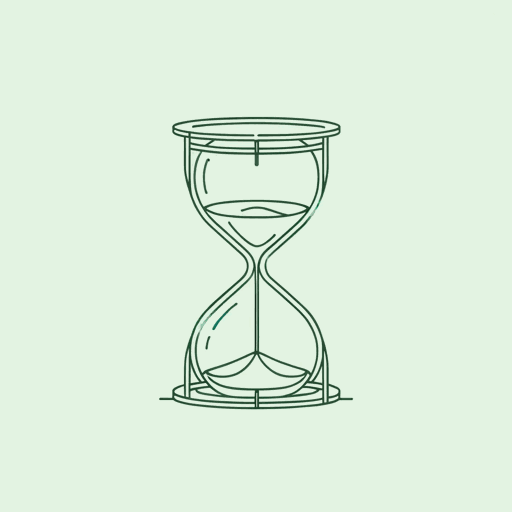
A Valediction Forbidding Mourning
Adrienne Rich

Diving into the Wreck
Adrienne Rich
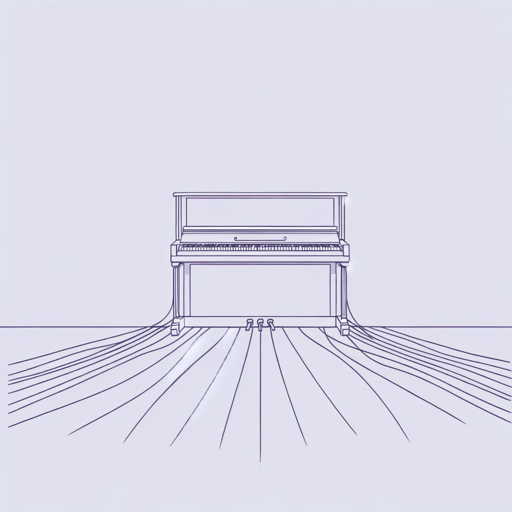
Living in Sin
Adrienne Rich
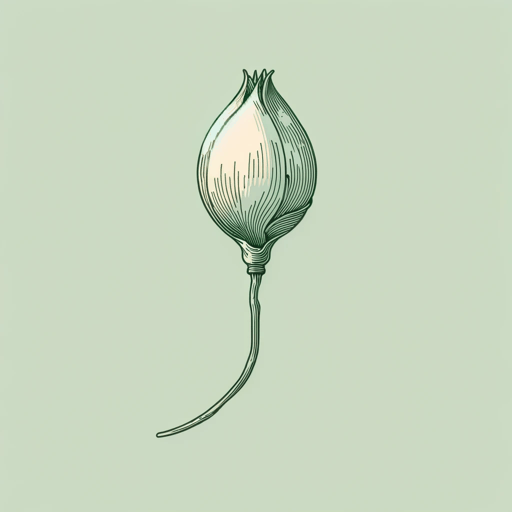
Necessities of Life
Adrienne Rich

Planetarium
Adrienne Rich
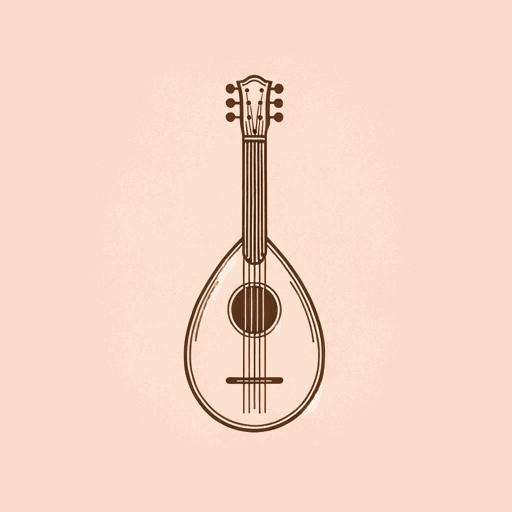
Snapshots of a Daughter-in-Law
Adrienne Rich

Tonight No Poetry Will Serve
Adrienne Rich
